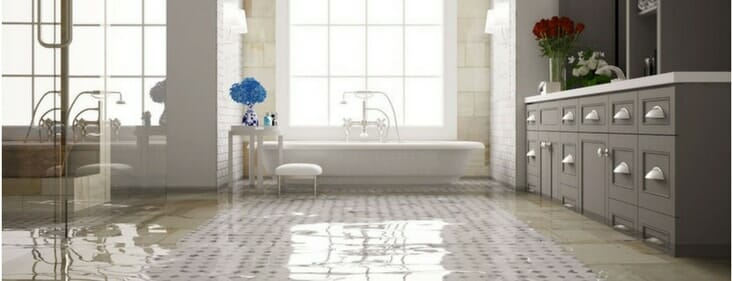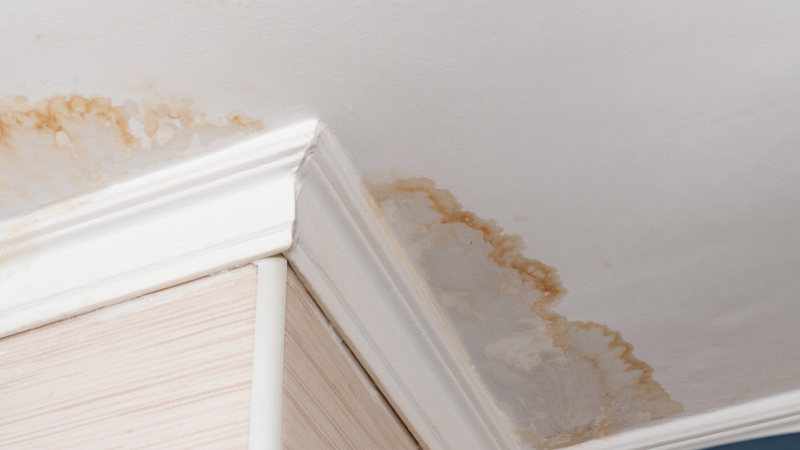Preventing Water Damage in the Bathroom
Preventing Water Damage in the Bathroom
Blog Article
Presented here below you can get a lot of high-quality material on the subject of Looking for Signs of Water Damage in the Bathroom.

The washroom is extremely susceptible for damp buildup and prospective water damages as a result of the frequent use of water in it. This post offers easy evaluation methods to assist identifying water damage risks.
The regular use water in the washroom makes it extremely susceptible for damp build-up and also possible water damage. By examining it on a regular basis, you can lower water relevant damages.
The following set of evaluations is simple to carry out as well as ought to be done when in every 3 months in order to maintain your washroom healthy and also to stop possible water problems caused by the bathtub, the shower, pipe joints and plumbing, sinks, cabinets, and the toilet
Do not overlook carrying out these evaluations as well as be extensive while performing them. Keep in mind that these simple inspections can conserve you a great deal of cash by supplying very early indicators for water damage
Tub and Shower
The shower and bathtub require unique focus and also upkeep. Inspect the ceramic tiles and replace if cracked. See to it that there is no missing out on cement in between the ceramic tiles. Examine and change fractured caulking at joints where the wall surfaces satisfy the floor or the bathtub. Obstructed drains pipes as well as pipes problems will certainly protect against the tub from drying and might show severe issues beneath the bath tub. Seek advice from a specialist instantly to prevent architectural damages. Take note of discolorations or soft locations around the tub walls as they might suggest an internal leakage.
Plumbing
Signs for water damages are hard to detect given that many pipes are mounted inside the walls.
Pay unique interest to flooring and also wall surfaces moisture and also spots as they may indicate an unseen plumbing issue. Check dampness levels in adjacent spaces as well.
Sinks and also Cabinets
Sinks and closets are subjected to moisture as well as moisture daily and also are typically overlooked. Check routinely under the sink as well as on the kitchen counter above it. Fix any type of drip in the catch as it may recommend drainpipe issues. Check out the sink, sluggish draining pipelines may show a blocked drain. Change sink seals if they are broken or loosened.
The Toilet
The commode is a susceptible water joint. Check the water lines as well as search for leaks around the commode seat, in the hose pipe, and also under the water tank. If you find any indications of dampness on the floor around the commode, check for leaks in the toilet edge and storage tank seals.
Realize that hanging bathroom dish deodorants enhances the opportunities for clogs.
Water Damage Signs In The Bathroom To Avoid Cleanup
Musty smell
This is one of the easiest signs to catch because musty smells are so odorous. The damp, earthy, moldy smell should be a big red flag. The smell will develop when moisture gets trapped in surfaces, and begins to facilitate mold growth. Leaking pipes under cabinets, inside walls, and behind shower fixtures will cause moisture to stay trapped and not dry, which will lead to mold growth and spread. As soon as you notice any musty smells in your bathroom, have it checked for hidden water damage and cleanup signs.
Visible mold
If the smell isn’t there to give it away, sometimes you will actually see mold growth. Finding mold in your bathroom is a serious problem, because mold is very harmful to your health. By the time mold growth is visible, it also means that water damage has already occurred and been present for some time. The only way the mold problem can be resolved is to find the source of the moisture and get it stopped. To safely and adequately remove mold, you need to have professionals handle the remediation. Do not waste any time in getting mold problems addressed, fixed, and sanitized so that you can protect you and your family from the many respiratory symptoms caused by mold exposure.
Damaged floors
Bathroom floors should be able to withstand some exposure to water while still remaining in good condition. However, when excess exposure or water leaks occur, they will begin to damage even the most water-resistant flooring. If you notice any cracking, bubbling, staining, or warping on your bathroom floors, there is probably a water leak somewhere causing the distortion. If you notice areas of the floor have become softer, or even have a spongy feeling, there is probably damage to the subfloor. Subflooring is typically made up of plywood. When plywood is exposed to water or moisture, it will absorb it. Once it has become saturated, the weight of the excess water will cause the wood to swell and soften. Check the floors in your bathroom frequently to catch any of these sings before they lead to damaged subflooring.
Changes on walls
When water leaks behind walls, it will cause changes in the drywall. Peeling plaster, blistering paint, and soggy wallpaper are all good indicators that excess water is building up behind the wall. Water leaking behind drywall will cause it to swell and be soft to the tough. If you start to notice gaps along the trim of your walls, or where tile meets the wall, it could also be a strong indicator that there is a leak behind the wall. Any changes, distortion, or damage on the walls should be evaluated as soon as you notice it to prevent further water damage and cleanup.

I hope you liked our article on How to Fix a Water Damage Bathroom. Thanks so much for taking a few minutes to browse our blog post. Kindly take the opportunity to promote this blog post if you enjoyed reading it. Thank you for going through it.
Booking Report this page